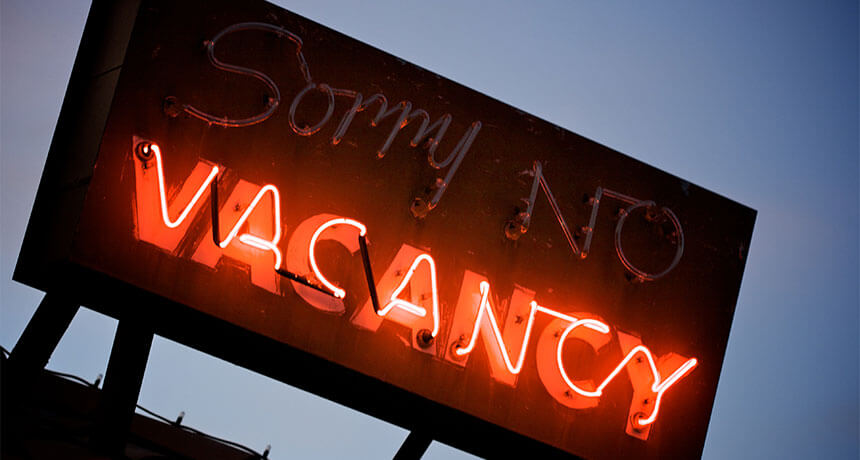
Compression nights in hotels across the U.S. peaked in 2015 and have been declining ever since.
Compression nights are defined as hotels with occupancy levels at 95% or higher, said Jessica Haywood, director of research and development at STR, during a data dive at the Hotel Data Conference.
Supply and demand are two major factors affecting compression, she said, but it’s affecting hotels more than short-term rentals.

As of May 2019, there have been 50 fewer hotel compression nights compared to 2018, she said, and data shows short-term rental occupancy has been higher on hotel compression nights. The average occupancy of short-term rentals on hotel compression nights is about 82% compared to just 64% on non-compression nights, she said.

Supply of short-term rentals fluctuates and increases during high-demand periods, she said, and if short-term rental supply didn’t increase, it is likely occupancy would be even higher.
Pricing
In terms of pricing power on high-compression nights, hotels in 2018 charged 96% more on rates than on non-compression nights, Haywood said. That is the highest premium seen in the 2000s so far. Despite the number of compression nights declining this year, she said she hasn’t seen any drop in pricing power.

As of 2019, the premium so far for hotels is 74% on high-compression nights, she said.
Short-term rentals are also showing pricing power on compression nights. However, in the last two years through May 2019, the difference in price premiums between compression and non-compression nights for short-term rentals is only 15% compared to 39% for hotels in the top 25 markets, which shows short-term rentals still have a long way to go with revenue management around high-demand times, she said.
It’s possible that the lower rates from short-term rentals might also pressure hoteliers to keep rates lower during periods of high compression, Haywood added.



